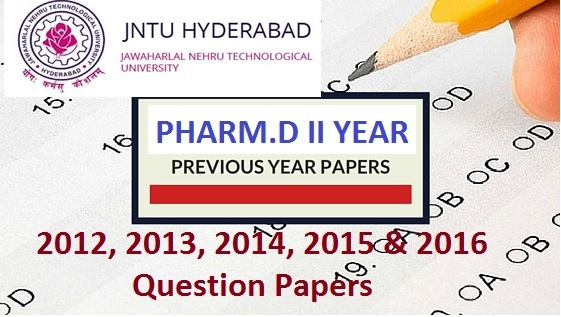Pharma Wisdom Jobs
23:43:00
0
Top 25
Pharmacy Colleges in India | NIRF Ranking for Pharmacy Colleges - 2020
The National Institutional Ranking Framework
(NIRF) was approved by the MHRD (Minister of Human Resource Development). This
framework outlines a methodology to rank institutions across the country. Ranking
broadly cover “Teaching, Learning and Resources,” “Research and Professional
Practices,” “Graduation Outcomes,” “Outreach and Inclusivity,” and
“Perception”.
National Institutional Ranking Framework
(NIRF), MHRD has released “India
Rankings 2020” of Institutions of Higher Education on 11 June
2020.
Take a look at the top 25 Institutions of
Higher Education in the pharma category.
NIRF Ranking
(Pharma category):
1. Jamia Hamdard, New Delhi
2. Panjab University, Chandigarh
3. NIPER, Mohali, Punjab
4. Institute of Chemical Technology, Mumbai, Maharashtra
5. NIPER, Hyderabad, Telangana
6. Birla Institute of Technology & Science, Pilani, Rajasthan
7. Manipal College of Pharmaceutical Sciences, Udupi, Karnataka
8. NIPER, Ahmedabad, Gujarat
9. JSS College of Pharmacy, Ooty, Tamil Nadu
10. JSS College of Pharmacy, Mysore, Karnataka
2. Panjab University, Chandigarh
3. NIPER, Mohali, Punjab
4. Institute of Chemical Technology, Mumbai, Maharashtra
5. NIPER, Hyderabad, Telangana
6. Birla Institute of Technology & Science, Pilani, Rajasthan
7. Manipal College of Pharmaceutical Sciences, Udupi, Karnataka
8. NIPER, Ahmedabad, Gujarat
9. JSS College of Pharmacy, Ooty, Tamil Nadu
10. JSS College of Pharmacy, Mysore, Karnataka
11. NIPER, Guwahati, Assam
12. Annamalai University, Annamalainagar, Tamil Nadu
13. SVKM's Narsee Monjee Institute of Management Studies, Mumbai, Maharashtra
14. Maharaja Sayajirao University of Baroda, Vadodara, Gujarat
15. Amrita Vishwa Vidyapeetham, Coimbatore, Tamil Nadu
16. Birla Institute of Technology, Ranchi, Jharkhand
17. Nirma University, Ahmedabad, Gujarat
18. NIPER, Raebareli, Lucknow, Uttar Pradesh
19. S. R. M. Institute of Science and Technology, Chennai, Tamil Nadu
20. Banasthali Vidyapith, Banasthali, Rajasthan
21. Amity University Noida, Gautam Budh Nagar, Uttar Pradesh
22. Poona College of Pharmacy, Pune, Maharashtra
23. Punjabi University, Patiala, Punjab
24. Bombay College of Pharmacy, Mumbai, Maharashtra
25. Delhi Institute of Pharmaceutical Sciences & Research, New Delhi
12. Annamalai University, Annamalainagar, Tamil Nadu
13. SVKM's Narsee Monjee Institute of Management Studies, Mumbai, Maharashtra
14. Maharaja Sayajirao University of Baroda, Vadodara, Gujarat
15. Amrita Vishwa Vidyapeetham, Coimbatore, Tamil Nadu
16. Birla Institute of Technology, Ranchi, Jharkhand
17. Nirma University, Ahmedabad, Gujarat
18. NIPER, Raebareli, Lucknow, Uttar Pradesh
19. S. R. M. Institute of Science and Technology, Chennai, Tamil Nadu
20. Banasthali Vidyapith, Banasthali, Rajasthan
21. Amity University Noida, Gautam Budh Nagar, Uttar Pradesh
22. Poona College of Pharmacy, Pune, Maharashtra
23. Punjabi University, Patiala, Punjab
24. Bombay College of Pharmacy, Mumbai, Maharashtra
25. Delhi Institute of Pharmaceutical Sciences & Research, New Delhi
Pharma Wisdom congratulates all the
institutes
which participated in NIRF rankings.
Join for Regular Job Updates in Whats App & Telegram...
Thank You for Visiting

























